
The first kiss in recorded history dates back nearly 5,000 years!
Kissing is a universal act of affection that has been a part of human behaviour for thousands of years.
This gesture of intimacy and love spans across cultures and epochs, but where did it all begin?
The earliest records of kissing
The earliest recorded instance of kissing dates back to ancient Mesopotamia around 2500 BCE. Clay tablets from this era describe two types of kissing: a friendly parental kiss and a romantic-intimate kiss.
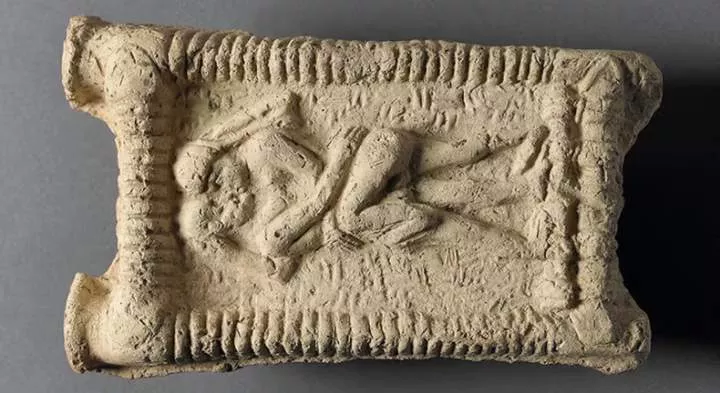
The friendly kiss was a gesture of respect or submission, often involving the kissing of feet or the ground. In contrast, romantic kissing was reserved for married couples and was considered inappropriate for unmarried individuals or those in religious roles.
Kissing in ancient India
Kissing was also present in ancient India, as evidenced by texts from around 1500 BCE. The Vedic Sanskrit texts and the Kama Sutra describe various forms of kissing, suggesting it was a well-known practice.
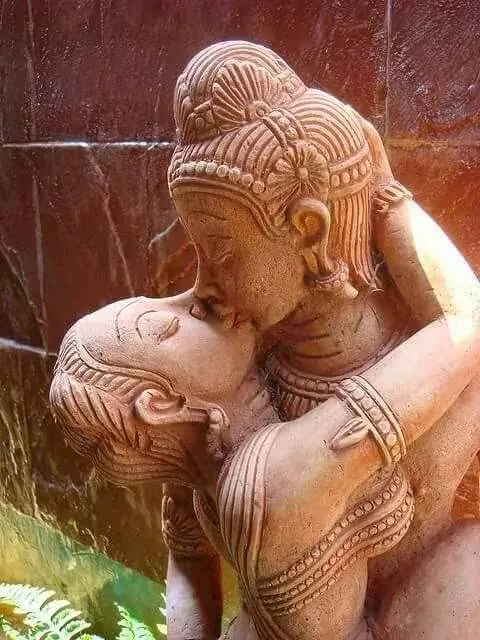
Some anthropologists believe that the Greeks learned about kissing through their encounters with Indian culture during the conquests of Alexander the Great.
The influence of ancient Rome
The Romans were particularly fond of kissing and developed distinct categories for it. They had the osculum (a kiss on the cheek), the basium (a kiss on the lips), and the savolium (a deep kiss).
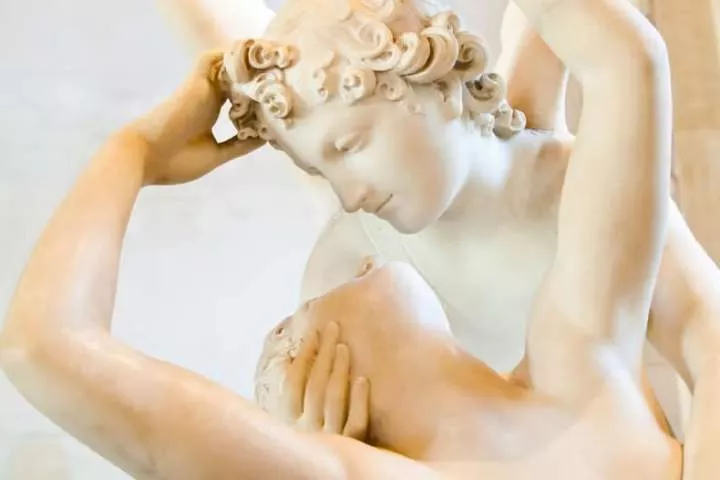
Kissing in ancient Rome served many purposes, from greeting friends and family to sealing legal agreements and expressing romantic love. Roman weddings, much like today, often included a kiss to seal the union of the couple.
Kissing in religious and social contexts
Kissing also held significant religious and social connotations. In early Christianity, the "holy kiss" was a common greeting among believers, symbolising a transfer of spiritual energy.
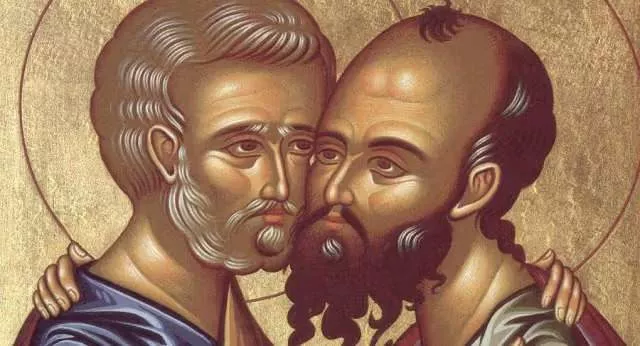
The Bible contains several references to kissing, such as Jacob kissing his blind father Isaac to steal his brother's blessing. Throughout the Middle Ages, kissing was a way to show allegiance or submission, such as kissing a king's hand or a pope's ring.
Kissing in the Middle Ages and Renaissance
During the Middle Ages, romantic kissing seemed to fade from common practice, only to resurface with the concept of courtly love in the late 11th century. This period celebrated the romantic and often forbidden kiss, which was seen as a symbol of true love and passion. The tale of Romeo and Juliet from the Renaissance period is a prime example of the era's idealisation of the romantic kiss.
Modern perspectives and cultural variations
Today, kissing remains a complex and multifaceted behaviour. In some cultures, such as in parts of Europe, kissing on the cheeks is a common greeting among friends and family.

In contrast, other cultures might view kissing in public as inappropriate. The act of kissing continues to evolve, influenced by social norms, cultural practices, and individual preferences.
The science behind kissing
Kissing is not just a cultural phenomenon; it also has scientific implications. It triggers the release of hormones like dopamine and oxytocin, which promote feelings of pleasure and attachment. This biological response helps to explain why kissing can feel so rewarding and important in building and maintaining relationships.
The tradition of kissing is ancient, complex, and deeply embedded in human history. From Mesopotamia and India to Rome and beyond, kissing has served various purposes, from social and religious functions to expressions of romantic love.

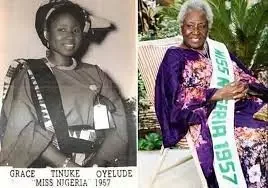














Comments